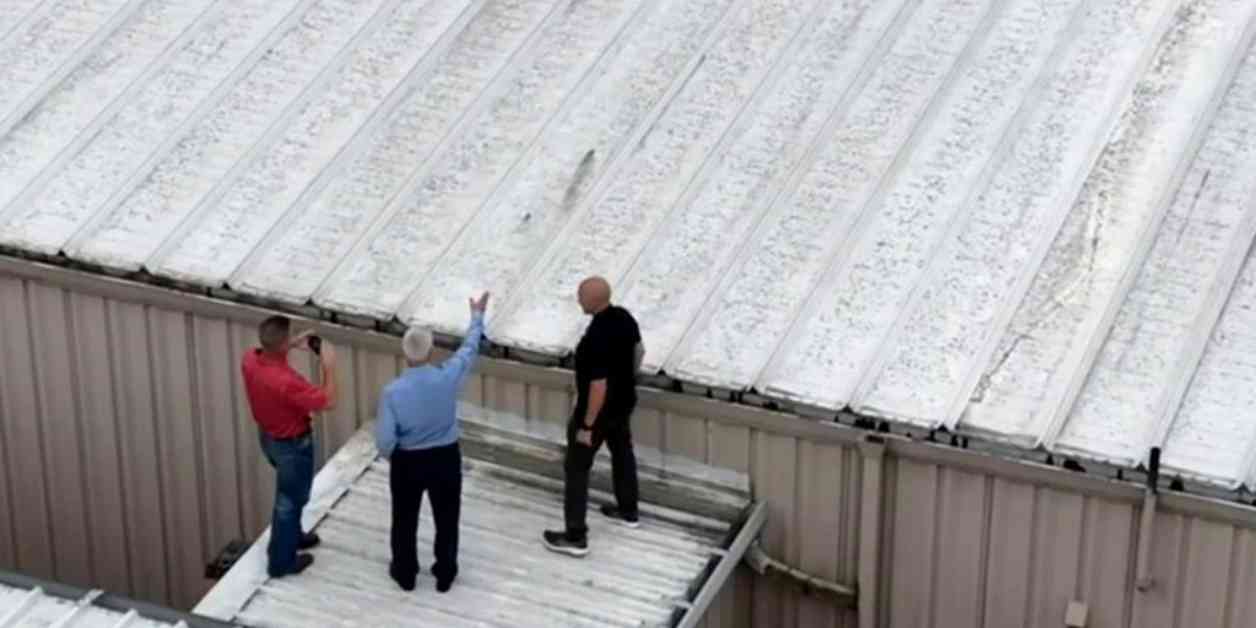Officials in Beaver County, Pennsylvania, have raised concerns about the testimony given by acting U.S. Secret Service Director Ronald Rowe Jr. during a Senate panel hearing. Rowe shifted responsibility to local law enforcement for failing to prevent a man from attempting to assassinate former President Trump at a rally in Butler, Pennsylvania, on July 13.
Rowe and FBI Deputy Director Paul Abbate testified before the Senate Judiciary and Homeland Security committees, marking the first appearance of a Secret Service member before Congress following the resignation of former chief Kimberly Cheatle. Rowe admitted that Secret Service agents were unaware of the man on the roof of the AGR building at the rally until it was too late, ultimately taking responsibility for the security lapse.
However, when questioned about why Trump was allowed to take the stage at 6:02 p.m. despite reports of a suspicious person with a rangefinder, Rowe claimed that he was not informed about any potential threat. He also pointed out the security breakdown at the rally and questioned why there was no surveillance on the roof where the assailant, Thomas Matthew Crooks, fired shots.
In response to Rowe’s statements, commander Patrick Young of the Beaver County Emergency Services Unit and District Attorney Nathan Bible disputed the accusations against local law enforcement officers. Young clarified that there were two snipers inside the AGR building, one from the Butler County Emergency Services Unit and the other from the Beaver County Emergency Services Unit.
According to Young, the snipers were stationed based on instructions from Butler County ESU, which he assumed had approval from the Secret Service. The snipers’ responsibilities included monitoring the entry control point, the area around the magneton monitor, and the space in front of the stage within the secure perimeter defined by the Secret Service.
Young explained that one of his officers spotted Crooks with a rangefinder around 5:34 p.m. and shared this information with the sniper group through text, as it was the most efficient way to communicate at the time. Subsequently, the Beaver County sniper observed Crooks picking up a backpack and disappearing behind the building, prompting a search by the officers.
District Attorney Bible defended the snipers’ positions, stating that their role was to monitor the crowd from inside the perimeter, not to surveil outside areas like the roof where Crooks was located. He emphasized that if the Secret Service had instructed them to station snipers on the roof, they would have complied.
Both Bible and Young expressed pride in the law enforcement team’s response that day and clarified that they were not seeking credit but were not willing to accept unnecessary blame. They highlighted the professionalism and dedication of the officers involved in handling the situation.
The dispute between Pennsylvania officials and the Secret Service underscores the complexities and challenges faced in coordinating security measures during high-profile events. It also raises questions about communication protocols and the allocation of responsibilities between federal and local law enforcement agencies in ensuring public safety at such gatherings.



